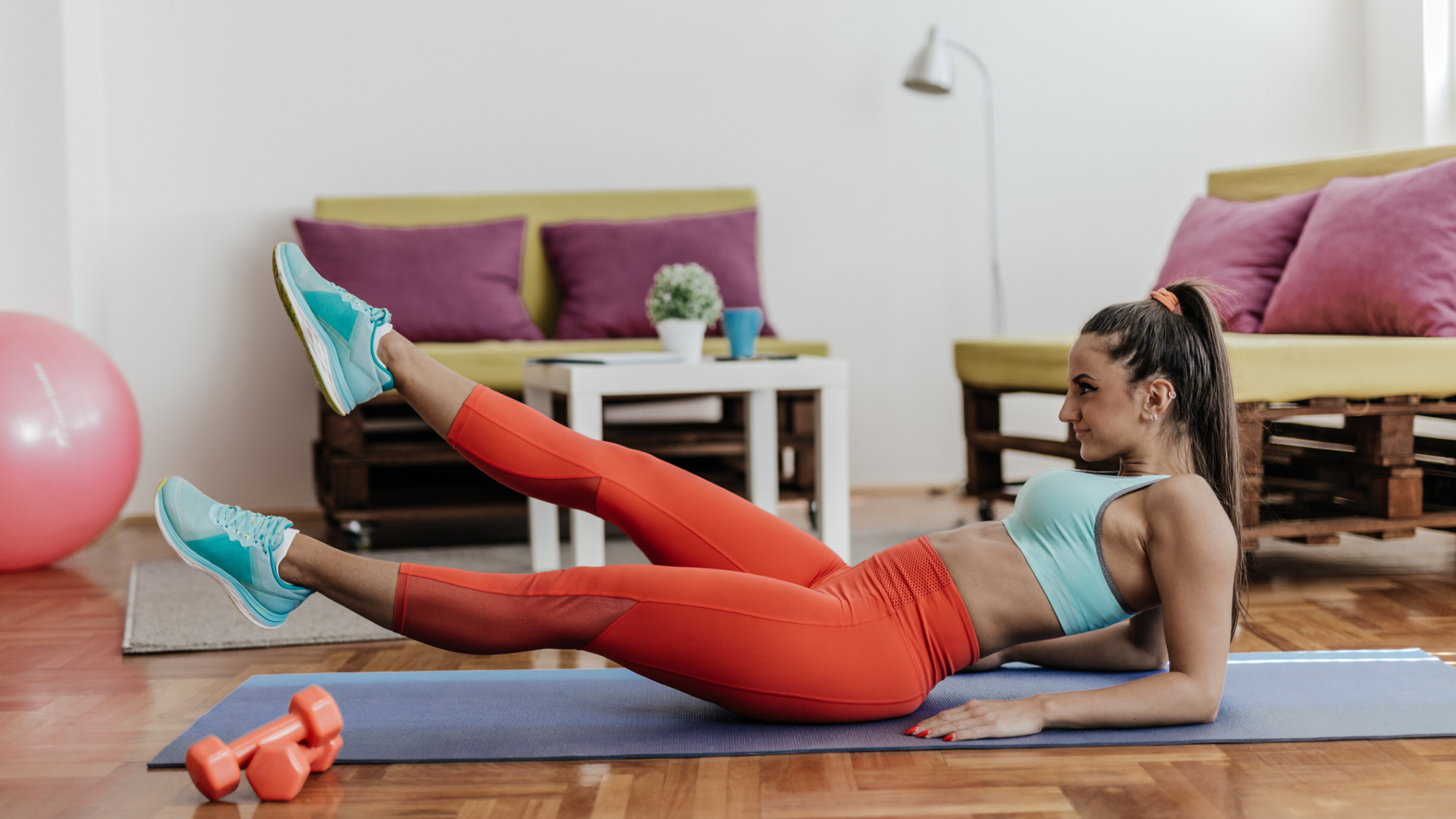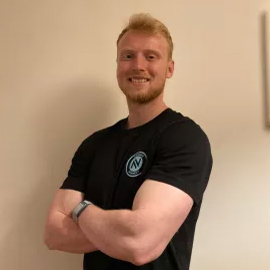Use this eight-move deep core workout to sculpt your abs, build functional strength and prevent back pain
Strengthen your abs, develop core stability and reduce your risk of injury with this routine


There's a reason fitness trainer Courtney Black has more than 840,000 Instagram followers. Namely, she knows how to create a fun, effective home workout.
Case in point: this deep core routine that works your all-important mid-body muscles with an eight-move circuit. You barely need any equipment either— just a lightweight dumbbell and a yoga mat.
"Working your deep core is essential for improved posture, stability, balance, preventing injury and back pain, and [increasing] the ease of everyday tasks such as carrying food shopping and lifting heavy items," the Courtney Black Fitness App founder tells Fit&Well.
"This workout works the entire deep core, activating and engaging every muscle for maximum results. It works alongside your other exercise plans to tone, sculpt and shred your core while improving your overall workout performance, lifting mechanics and spinal stability."
With a list of benefits like that, it's hard to resist giving this one a go. Watch Black's video below to find out which exercises await you, how many repetitions you'll be doing of each one and how to perform them with perfect form.
Watch Courtney Black's eight-move deep core workout
A post shared by Courtney Black / Home Workouts / Healthy Recipes (@courtneydblack)
A photo posted by on
How to adapt this workout to suit your fitness level
This is a core workout designed to strengthen your mid-body, but if the 40-repetition targets for some of the exercises sound a bit daunting, there are plenty of ways you can adapt the routine to suit your fitness level.
"To make this workout easier or harder, simply decrease or increase the number of repetitions per exercise," advises Black.
Start your week with achievable workout ideas, health tips and wellbeing advice in your inbox.
For example, you could start with 10 repetitions of each exercise then, as your core muscles grow stronger, try 15 or 20 repetitions of each move.
You can adjust the total number of rounds you do too. To begin with, try one full round, then work up to two or three as you grow more comfortable with the exercises.
Courtney Black's top tips for tackling this workout
We asked Black what her top tip would be for anyone preparing to take on this workout, and she came back with a pearl of wisdom.
"When performing a core or abs workout, it is so important to activate and engage the correct muscles. This will mean you avoid using momentum from your back, which will lead to injury," explains Black
"To engage your core correctly, lie on the floor and imagine you're wearing a corset that is being pulled tighter. Press your lower back into the ground, take a deep breath and ‘tighten’ your abdominal muscles as if they are being ‘zipped’ up."
When should you use this workout?
There are two main ways you can weave this deep core workout into your exercise plans, Black tells us.
"It can be used as a finisher two or three times a week, or as a standalone session when you are short on time. Repeat the circuit two or three times for the ultimate burn!"
A finisher is exactly what the name suggests—a short, intense bit of movement you can add on to the end of a longer workout to get slightly more out of your session.
They work especially well on the end of strength training or functional strength training sessions like this leg workout, adding some bonus core work into your plans for the day.

Harry Bullmore is a Fitness Writer for Fit&Well and its sister site Coach, covering accessible home workouts, strength training session, and yoga routines. He joined the team from Hearst, where he reviewed products for Men's Health, Women's Health, and Runner's World. He is passionate about the physical and mental benefits of exercise, and splits his time between weightlifting, CrossFit, and gymnastics, which he does to build strength, boost his wellbeing, and have fun.
Harry is a NCTJ-qualified journalist, and has written for Vice, Learning Disability Today, and The Argus, where he was a crime, politics, and sports reporter for several UK regional and national newspapers.